Twenty-twenty will forever be remembered as the year of COVID. No matter your background, the stresses of the last year far outweighed its joys. Our physical and mental wellbeing were put to the test in ways we could never have imagined.
While the pandemic is still raging, a new vaccine and the easing of some restrictions have made all of us breathe a little sigh of relief. Still, we will need to refresh and recharge ourselves when travel is back to normal.
Spas abound in many locales. A day spa is a nice treat when you’re working long hours but to truly rejuvenate, head to these five historic towns, members of UNESCO’s Great Spas of Europe, to detox from the stresses of the modern world. While there are 15 on the official UNESCO list, we narrowed it down to our faves in five different countries.
Baden-Baden, Germany

Situated in the Black Forest above the river Oos, Baden-Baden has long been synonymous with spas. The Romans settled the town in 80 A.D., bringing with them their thermal traditions. But it wasn’t until the nineteenth century that well-heeled Europeans headed here to take in the medicinal waters. Take a tour of the Roman baths on Römerplatz or visit the tony casino in the historic Kurhaus, once used as a thermal getaway.
Verdant and resplendent with gardens and hiking trails, Baden-Baden offers a welcoming respite from the hustle and bustle of the big city, especially in low or mid-season. Head to the Caracalla spa to bathe in indoor and outdoor pools from the Friedrichsstolle spring or treat yourself to a massage or other service. You could spend the whole day here and never want to leave.

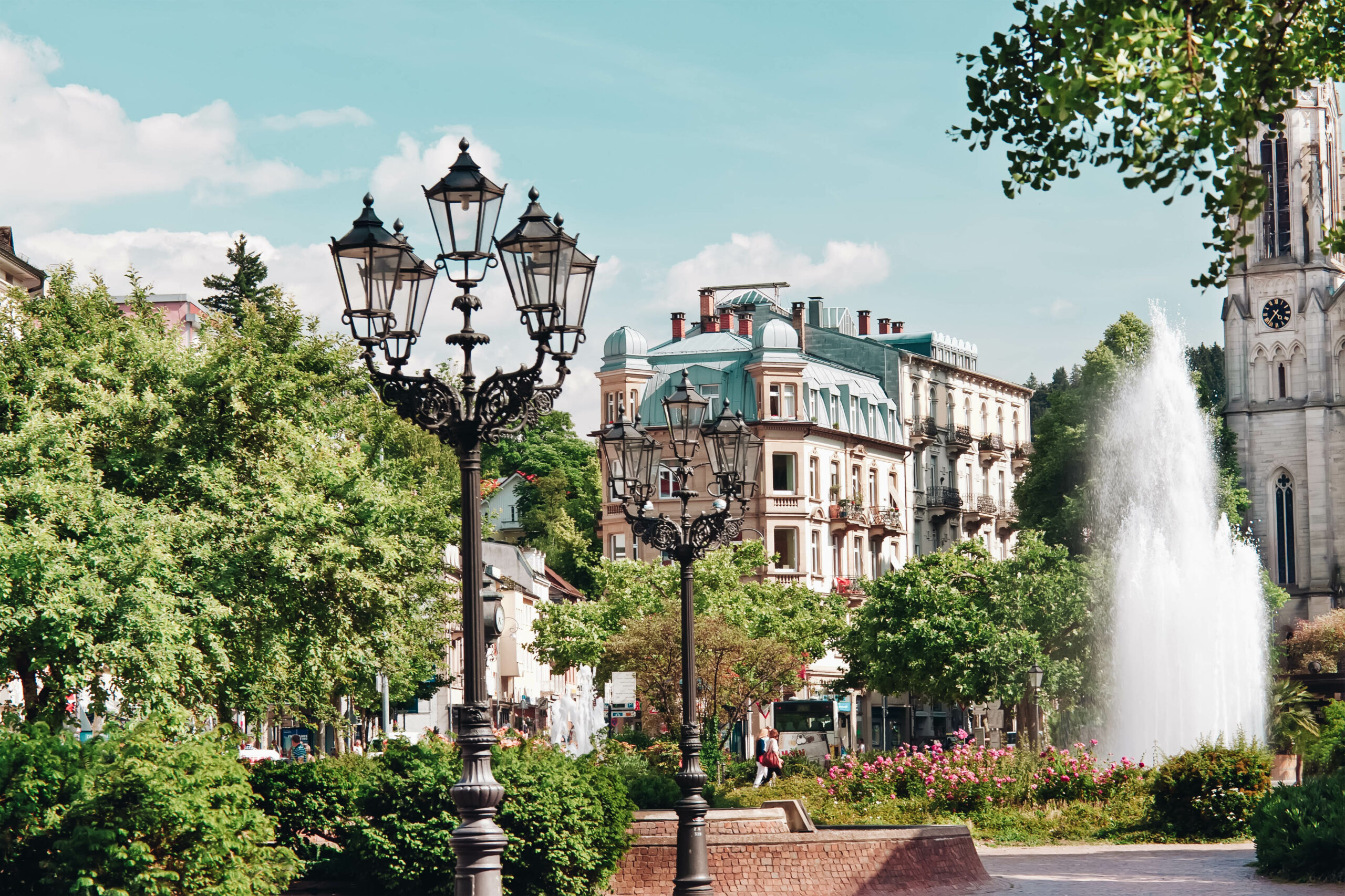
Where to stay: Atlantic Park Hotel
This historic hotel sits on the banks of the Oos river and affords park views as well as 53 rooms and suites across four floors, decorated with traditional furnishings.
Luhačovice, Czech Republic
While Karlovy Vary is better known, Luhačovice, with its 14 mineral springs, is the true spa gem in the Czech Republic. Situated on the border of Slovakia in the Carpathian mountains, Luhačovice has only 6,000 residents, ensuring true relaxation. The city has a long history of wellness, dating back to the mid-1600s when the Serenyi family discovered a way to capitalize on the restorative powers of the area’s natural springs.

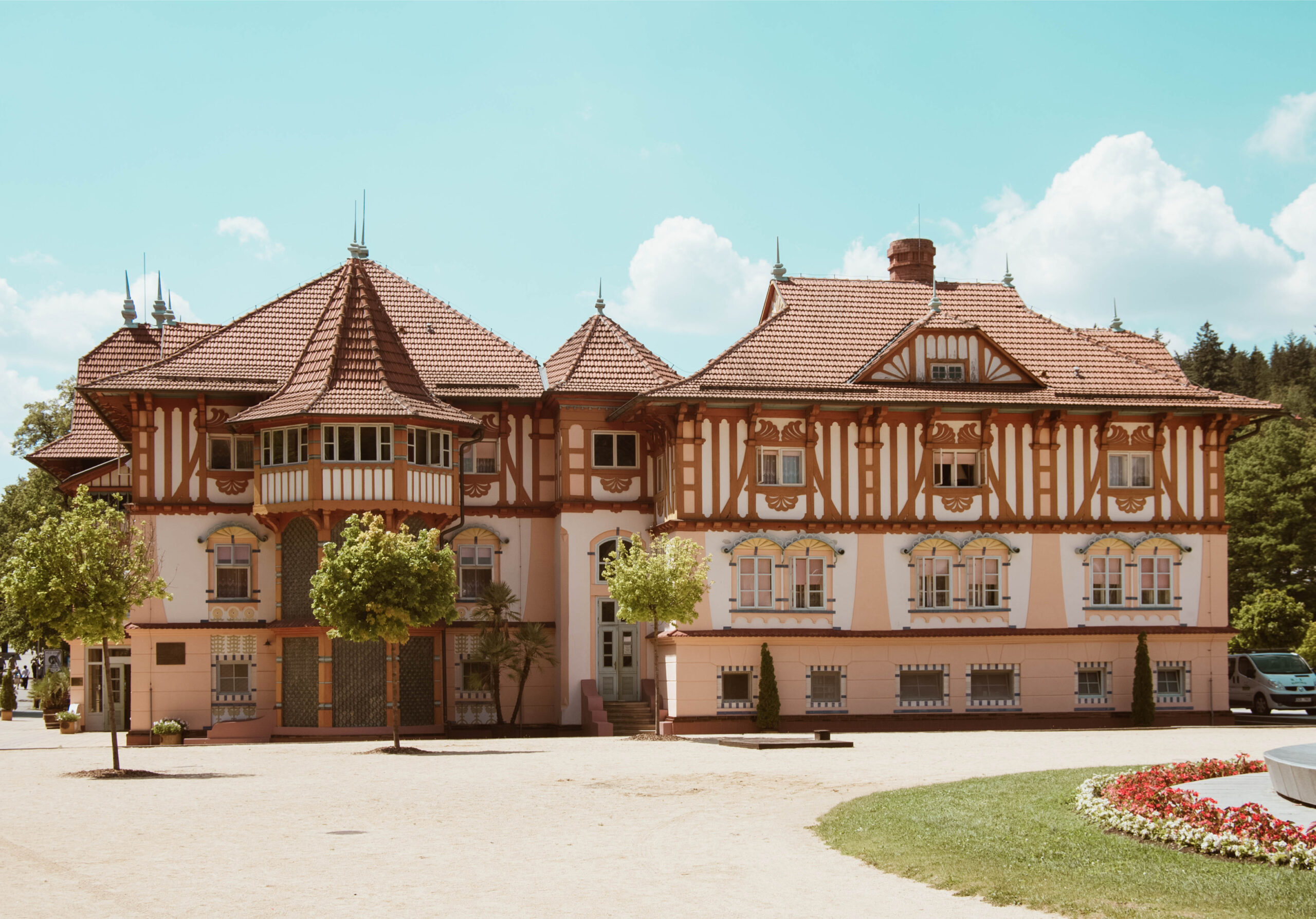
Head to Lázeňské náměstí (Spa Square) and admire the architecture of Dušan Jurkovič. Local son Jurkovic was instrumental in giving the resort town its fairytale-like quality with his work at Sluneční lázně (Sunshine Spa) and Vodoléčebného ústavu (Hydrotherapeutic Facility). Unwind with a week-long, physician-approved stay where you can drink from a variety of springs that claim to treat respiratory, musculoskeletal, digestive and circulatory diseases.
Where to stay: Hotel Radun
This family-run boutique hotel, situated outside the center of town, has 15 rooms overlooking the Aloiska spring and offers guest wellness treatments at its own spa.
Montecatini Terme, Italy
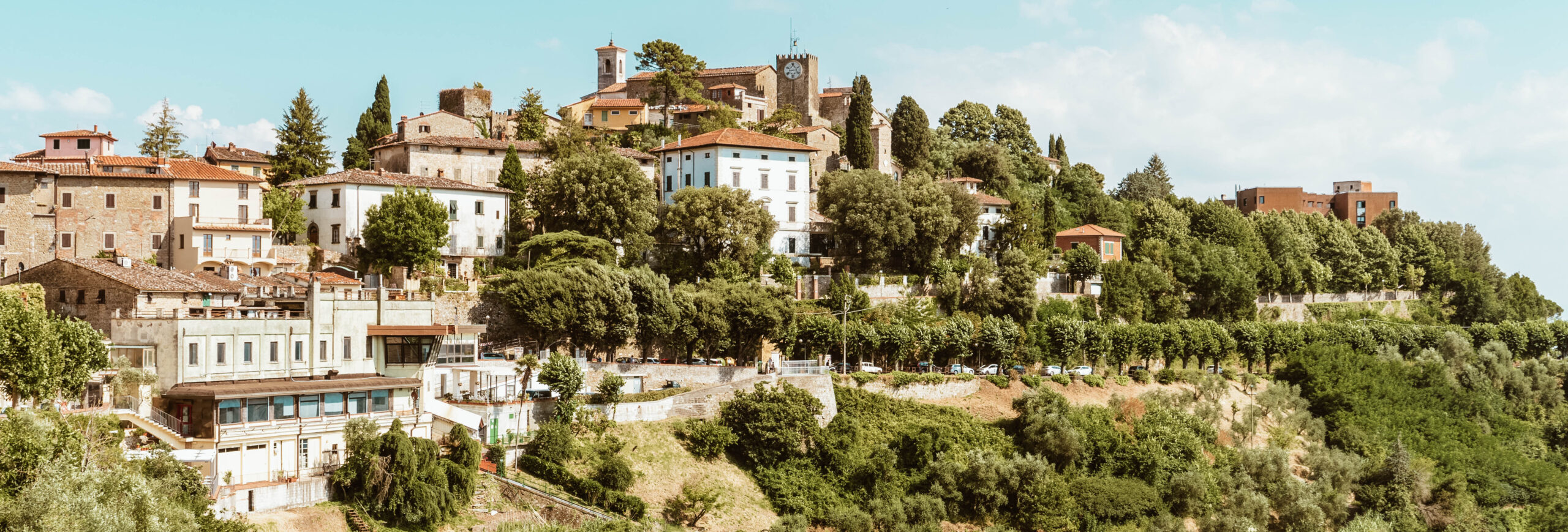
The Italians were some of the first people to recognize the healing powers of springs so it’s no wonder the Tuscan town of Montecatini Terme is one of the most popular historic spa towns in Europe. The Romans built baths here but it was Grand Duke Pietro Leopoldo of Lorena who consolidated the springs in the eighteenth century, building the Bagno Regio (Imperial Bath) and Terme Leopoldine (Leopoldo’s Baths), among other structures.
Meander under tree-lined avenues as you take the ancient funicular from Viale Verdi to Piazza Giusti to admire the Apennines mountains and Nievole Valley. Head to the Tettuccio Terme complex to admire elaborate frescoes and Art Nouveau masterpieces as you drink from marble altars gushing with water from the four main springs in town.
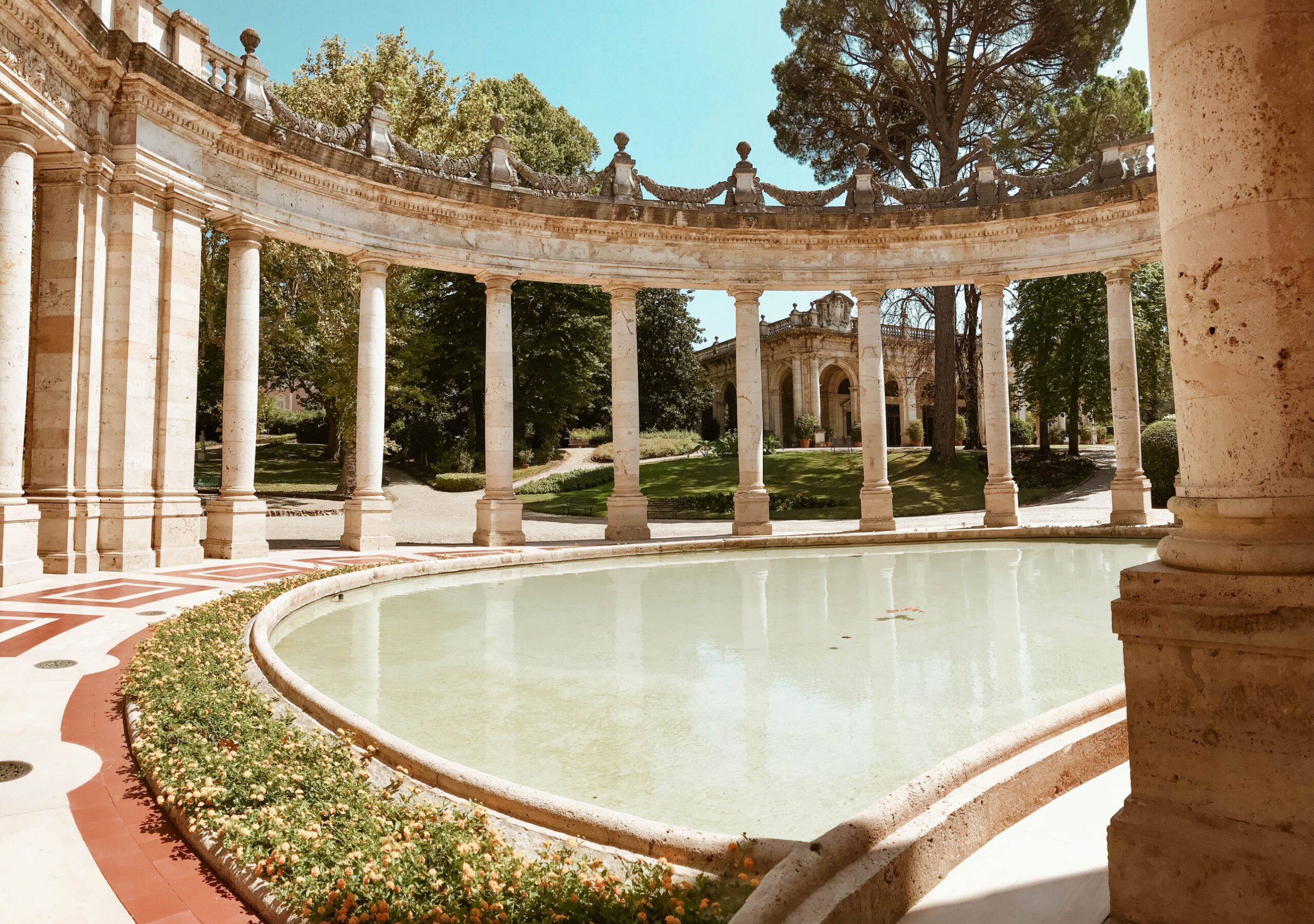

Where to stay: Hotel Adua & Regina di Saba
This wellness retreat, with a spa and year-round pools, boasts colorful interiors, with rooms and suites featuring spa baths and modern amenities.
Spa, Belgium
The very name of this town says it all. Spa is a quiet retreat in the Ardennes long favored by locals but much overlooked by foreigners. That may change this year as wellness becomes more of a priority.
The town’s therapeutic roots are—you guessed it—Roman, with the philosopher Pliny the Elder raving about its curative waters in the first century A.D. European nobility (thanks to Peter the Great) came flooding into the Art Nouveau town in the eighteenth century but its popularity as a resort waned in favor of Baden Baden and Vichy.


Take the funicular to Les Thermes Spa, a modern complex with indoor and outdoor pools as well as saunas and steam rooms. Soak in iron-rich waters in a copper bathtub as you admire the verdant and lush Wallonian forest out of your bay window. Stress and hypertension melt away while skin is rejuvenated, too.
Where to stay: Manoir de Lébioles
Once a lavish manor, this hotel boasts a plethora of luxuries, from a wellness center to four-poster beds to fireplaces in every room.
Vichy, France
Vichy, the “Queen of Spa Towns,” immediately conjures up images of wellness—Vichy showers are one of the most therapeutic treatments after all. Military history buffs will recognize its significance as the headquarters of the controversial Vichy Government in the 1930s and ’40s. Still, this town in Auvergne, three hours south of Paris, has deep roots in the wellness industry. The Romans created an ancient version of a steam room here and, in the eighteenth century, Dr. Jacques-Francois Chomel modernized the practice. A century later, Emperor Louis Napoleon III, in a bid to overtake the Germans, decreed that Vichy was the preeminent spa town in Europe.

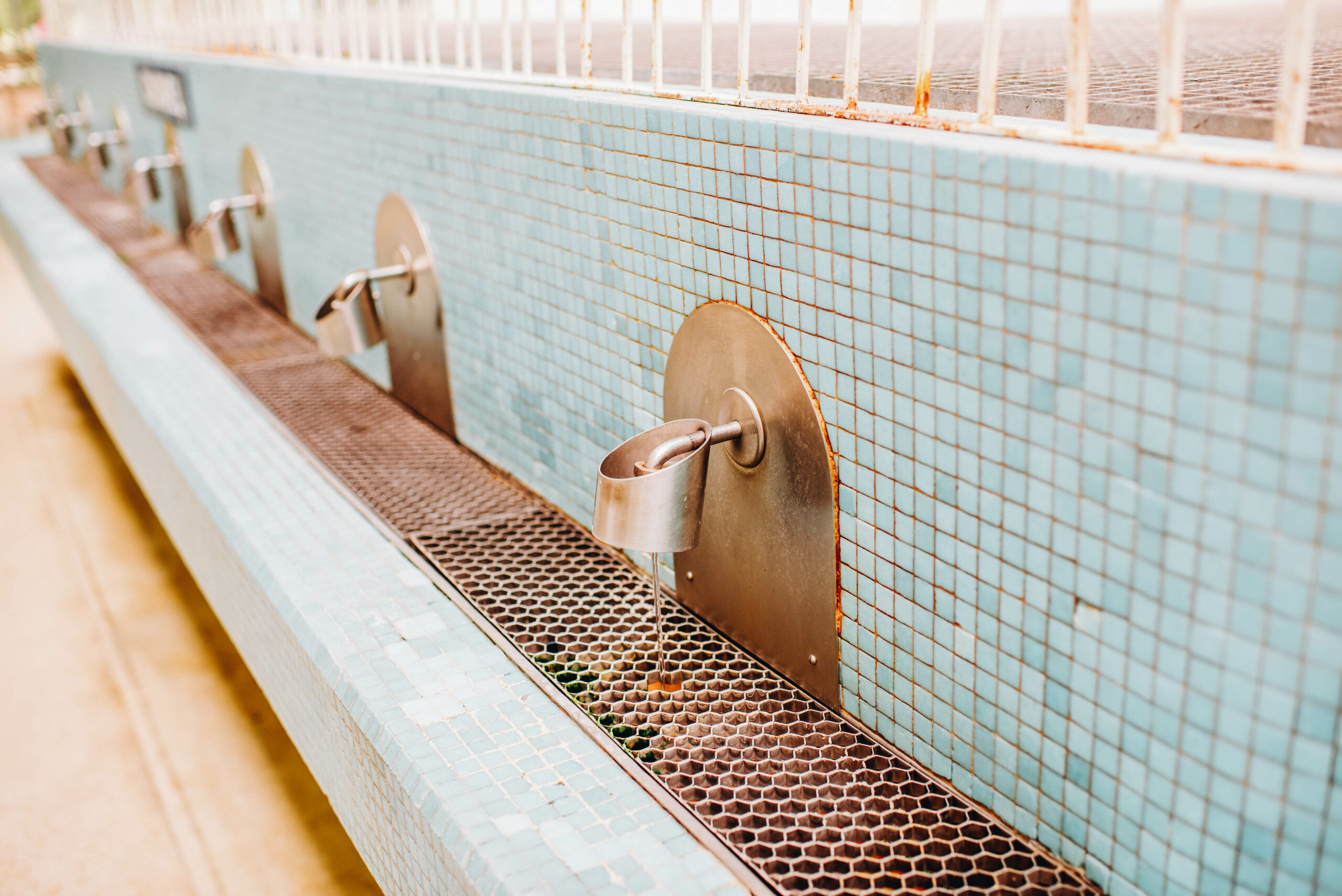
Start your wellness journey at the Parc des Sources, an expansive green space created by Napoleon III. Stroll under the chestnut trees as you admire the Art Nouveau edifices. At the historic Hall des Sources, a glass-and-iron structure built in 1903, you’ll encounter locals flocking to drink from six springs, all with therapeutic powers. Treat yourself to one of the other cures, aimed to alleviate digestive and circulatory ailments.
Where to stay: Hôtel de Grignan
Just steps away from the thermal baths, this luxury hotel features a wellness center, complete with hammam, as well as modern rooms with tufted leather furniture and spa baths.
